Examples of Work Supported by CAES

Proximity of Abandoned Wells to Carbon Storage Formations
Dr. Rob Rossi identifies known abandoned wells in Louisiana that penetrate or perforate carbon dioxide storage formations and analyzes the integrity of well plugs based on historical construction practices. Abandoned wells present a pathway for leakage from CO2 storage reservoirs and warrant careful review and remediation to mitigate fluid and gas migration risk.
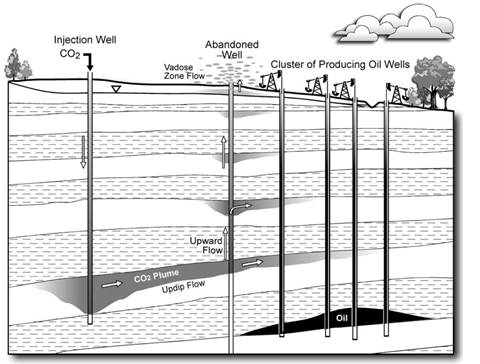
Leakage from Carbon Dioxide Storage
Dr. Dominic DiGiulio examines the mechanisms for fluid and gas migration from CO2 storage reservoirs, wellbore barrier and integrity failure, and well plug construction methods. DiGiulio summarizes the literature on mathematical modeling of brine and CO2 leakage in abandoned wells and contextualizes the scope of the abandoned well problem for geologic storage of carbon dioxide nationwide.
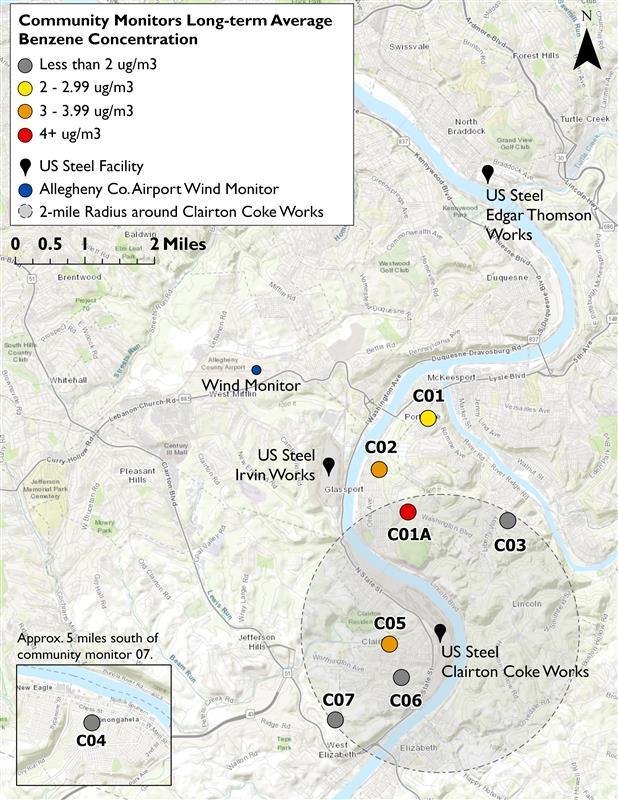
Benzene Monitoring in the Monongahela Valley
Starting in 2021, the Environmental Integrity Project, the Breathe Project and Carnegie Mellon University’s CREATE Lab conducted an 18-month benzene monitoring project in the communities surrounding the Clairton Coke Works in the Monongahela Valley region of Pennsylvania. Monitoring results showed unhealthy long-term average benzene levels in three locations, and suggested that there may also be periodic episodes of unsafe acute (1- to 24-hour) exposures to benzene. The results also show that the Clairton Coke Works, which should soon become subject to federal fenceline monitoring requirements, may exceed fenceline monitoring “action levels,” which would require the facility to identify and fix the underlying cause of excess benzene emissions.
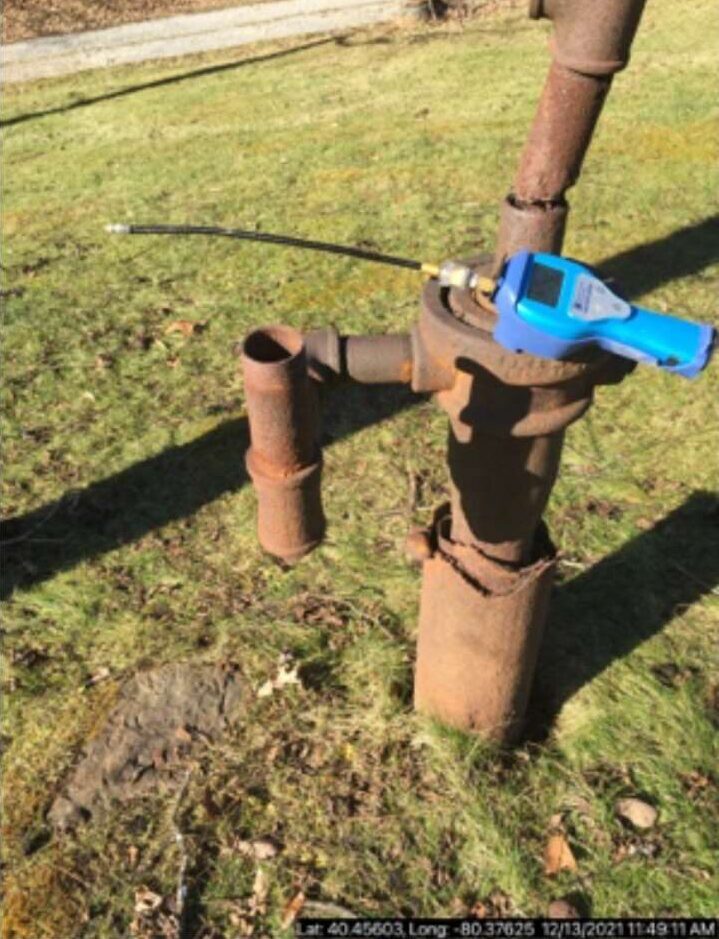
Abandoned oil and gas wells in Pennsylvania
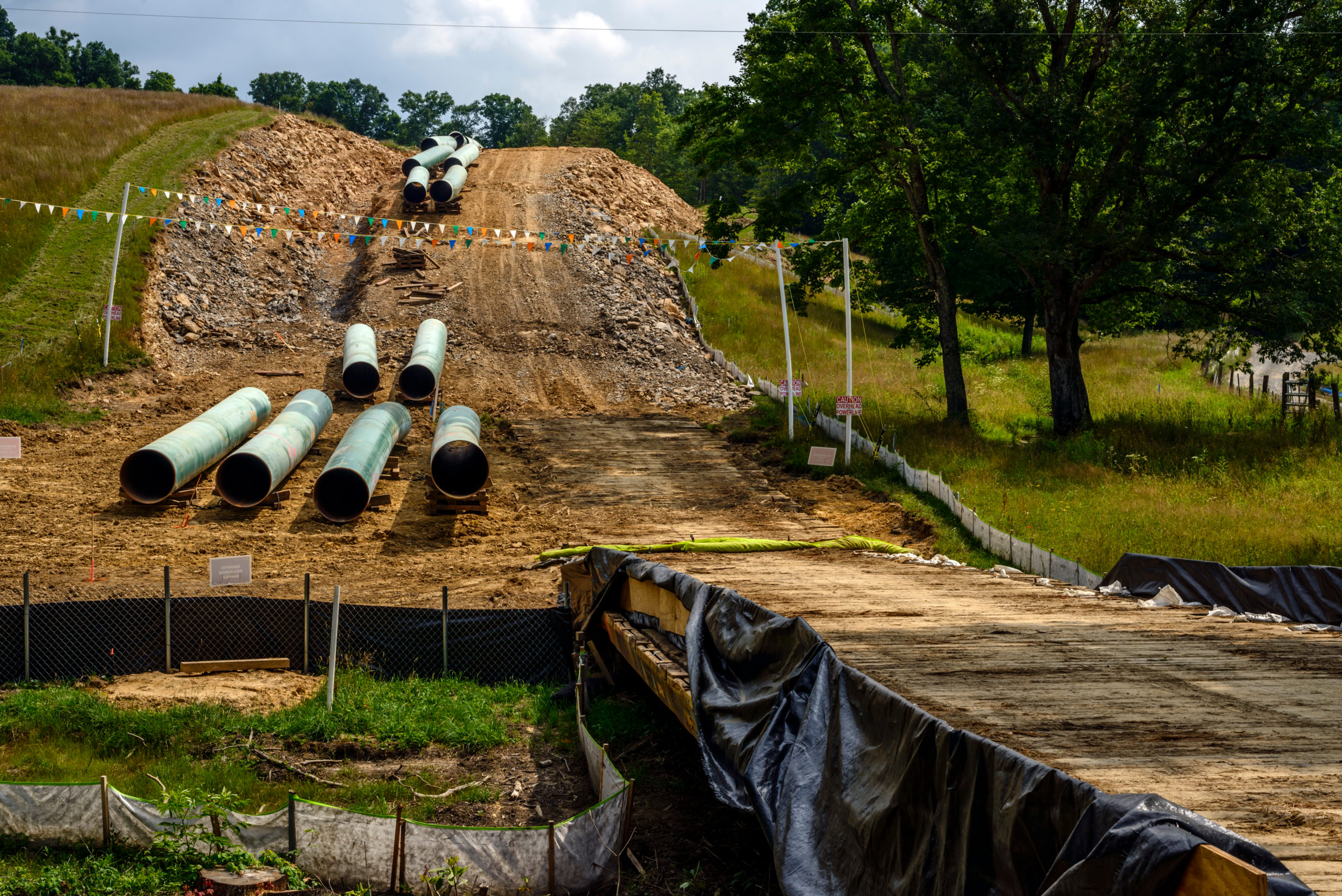
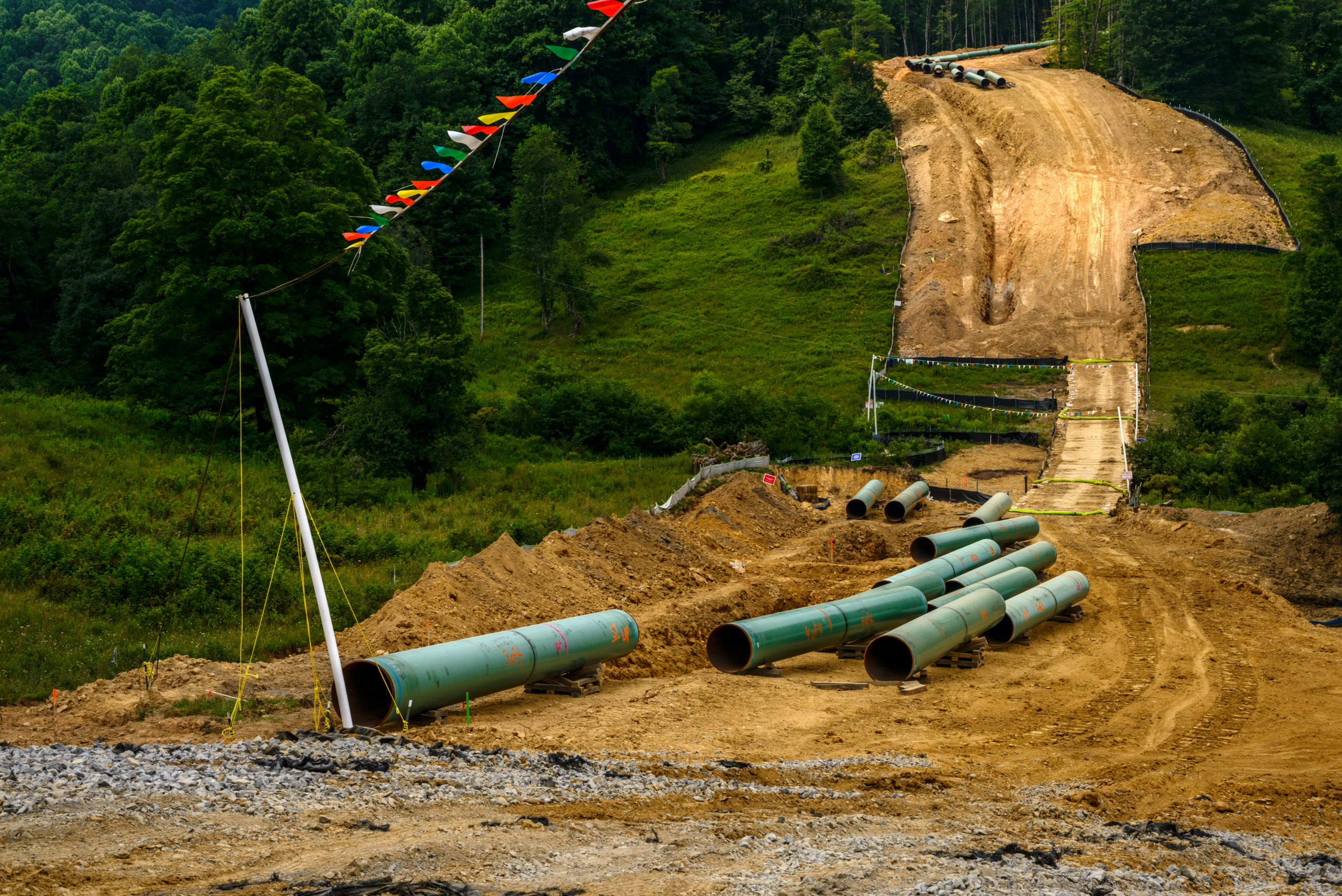
Mountain Valley Pipeline
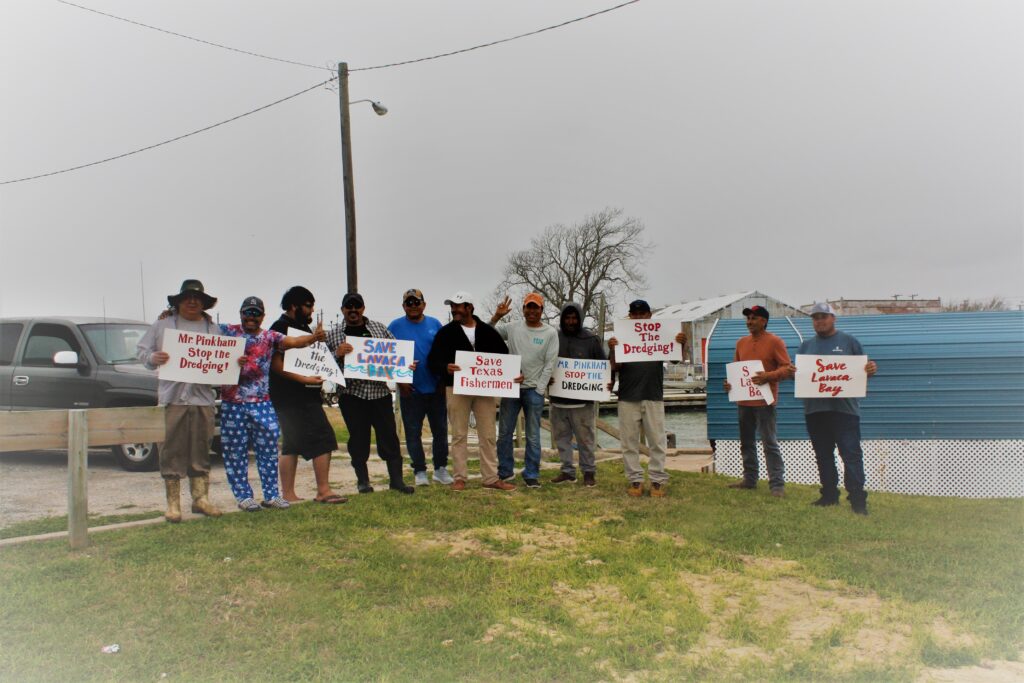
Matagorda Ship Channel Dredging
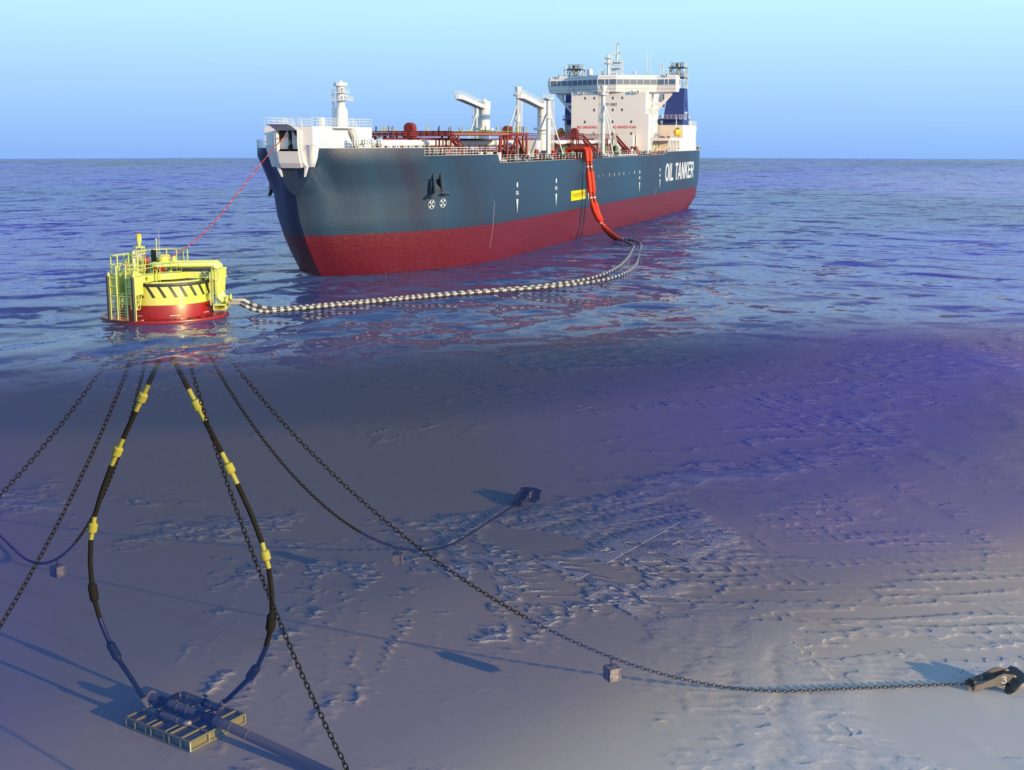
Blue Marlin Deepwater Port
The Blue Marlin crude oil pipeline is a project proposed by Energy Transfer LP to connect its Texas storage facility to a proposed offshore port off the Louisiana coast. Dr. Terence Palmer worked with Healthy Gulf to evaluate the project’s potential impacts to oysters, fish, and the aquatic ecosystem in Sabine Lake.
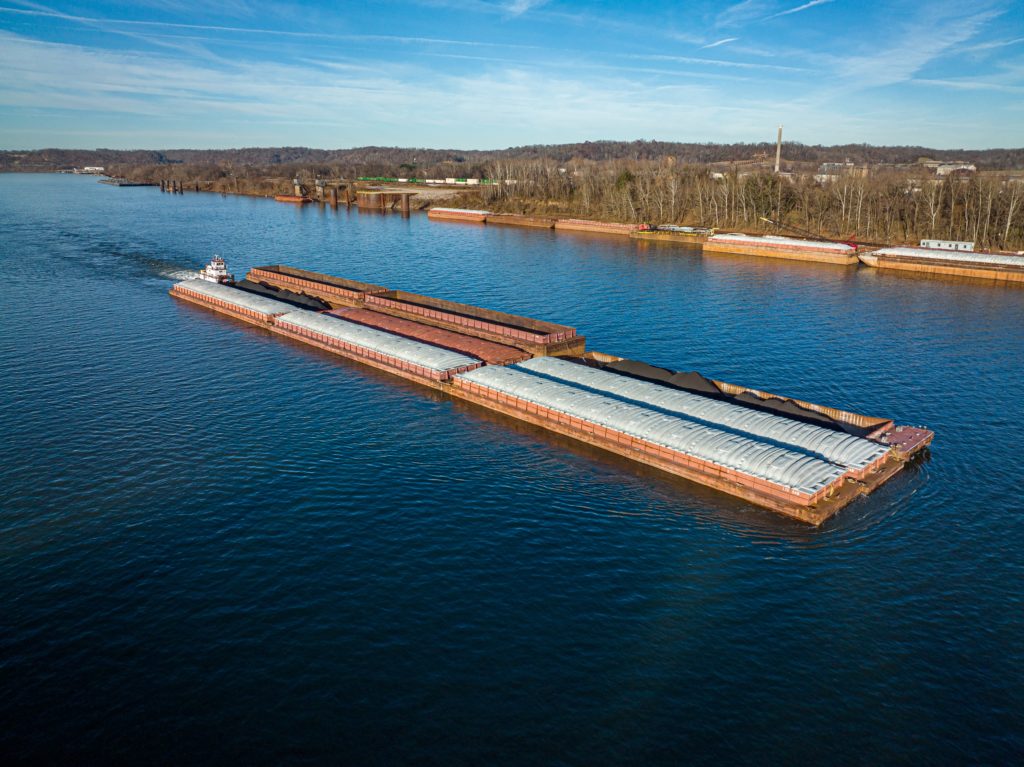
River Terminals For Fracking Waste
River terminals are proposed for construction along the Monongahela, Allegheny, and Ohio Rivers to ship fracking wastewater from oil and gas production sites in PA, OH and WV downstream for disposal. Physicians, Scientists and Engineers for Healthy Energy (PSE Health Energy) worked with the FreshWater Accountability Project to evaluate the composition of “produced water” and the risks associated with loading, transporting, and unloading this fracking waste on the nation’s waterways.
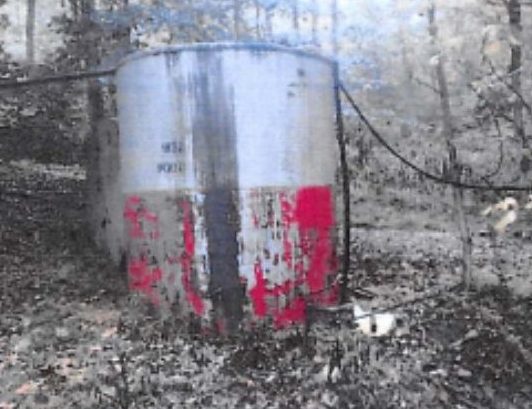
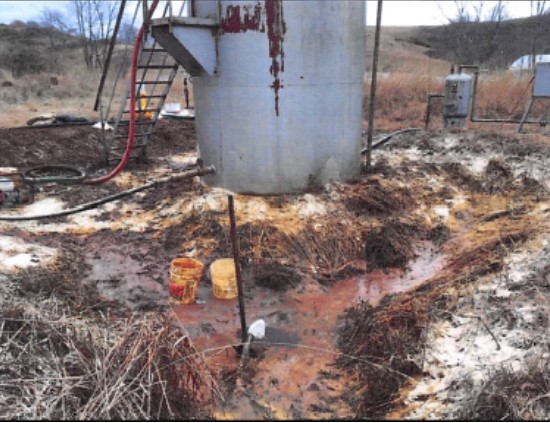
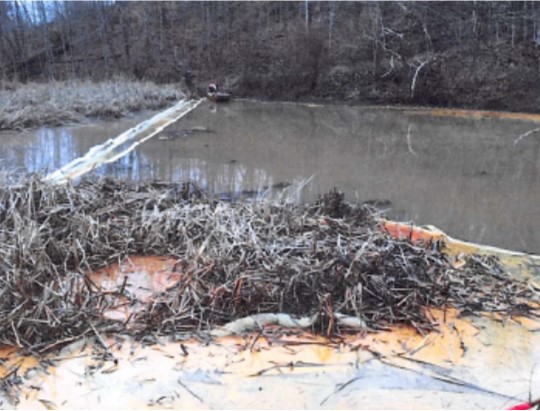
West Virginia Above-Ground Oil and Gas Tanks
In West Virginia, aboveground oil and gas storage tanks are subject to the state’s Above-Ground Storage Tank Act, which provides heightened inspection and reporting requirements and a level of protection against leaks and spills that might affect downstream drinking water supplies. The state legislature has considered exempting over 1,000 oil and gas tanks from these protections. West Virginia Rivers, with assistance from Downstream Strategies, produced a detailed fact sheet explaining the exemption would threaten drinking water.
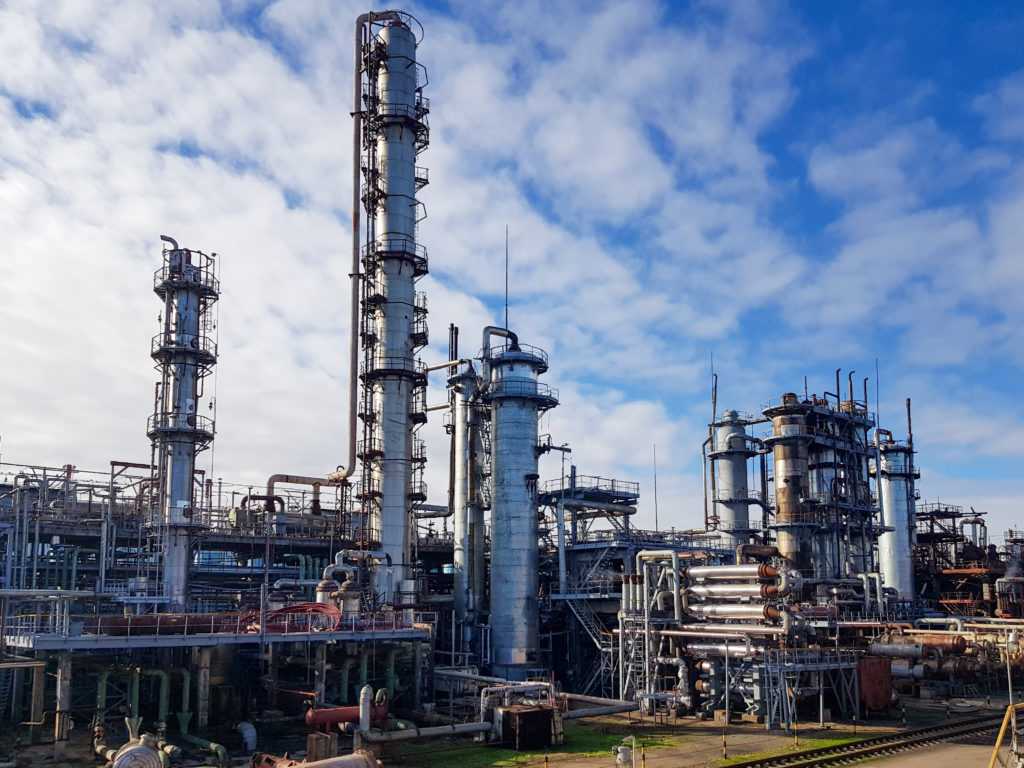
South Louisiana Methanol
The proposed South Louisiana Methanol facility in St. James Parish, Louisiana would potentially be the largest methanol facility in the United States, annually emitting over 2 million tons of greenhouse gases, along with other toxic pollution, in a community that is already overburdened by industrial pollution. Dr. Petra Pless worked with the Louisiana Bucket Brigade to review draft Clean Air Act permits and an Environmental Assessment for the proposed facility.
Mountaineer NGL Storage Facility
In Ohio, Energy Storage Ventures would like to create three underground caverns for the storage of natural gas liquids. The Buckeye Environmental Network retained PSE Healthy Energy to review the solution mining permit applications, and found numerous technical deficiencies, including a failure to account for catastrophic accidents; a failure to characterize local geology and hydrology; an inaccurate characterization of the proposed injection fluid; and a general failure to meet American Petroleum Institute best practices for this kind of project.
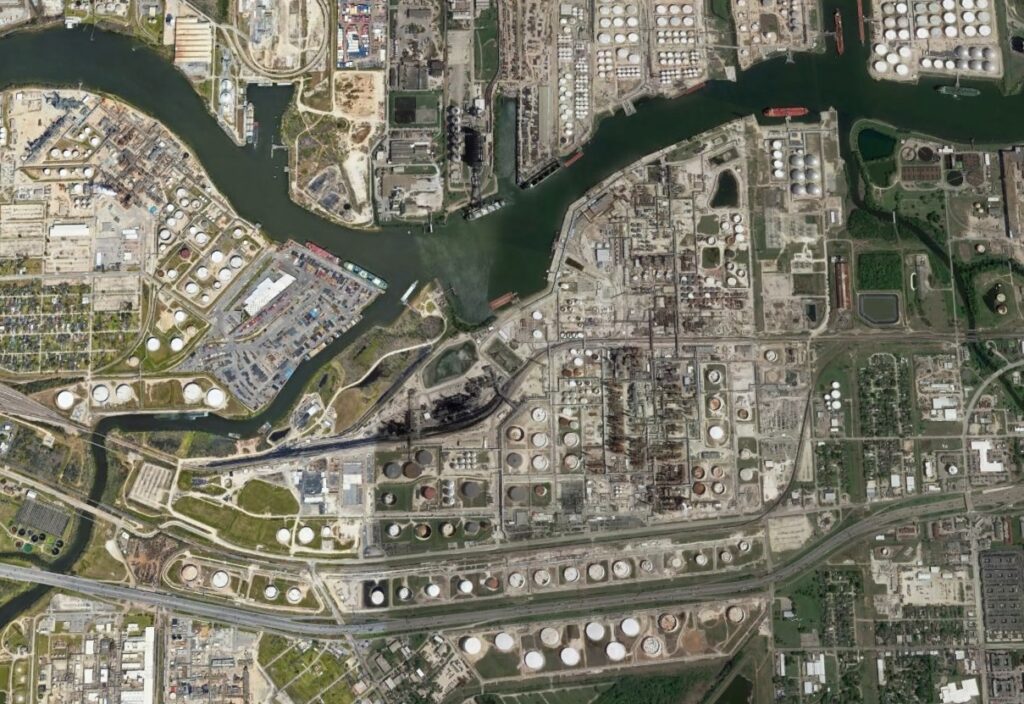
Underreported Benzene Emissions from Oil Refineries
In Texas and New Mexico, a recent study indicates that petroleum refineries might have significantly underestimated their benzene emissions, posing heightened health risks to marginalized communities. Conducted by CAES in partnership with Dr. Andrew Gray and Dr. Ranajit Sahu, the research focused on three refineries, revealing potential underreporting of emissions by up to 28 times. This study emphasizes the limitations of U.S. EPA modeling tools, and the need for improved emissions reporting and increased community monitoring, to safeguard public health.
